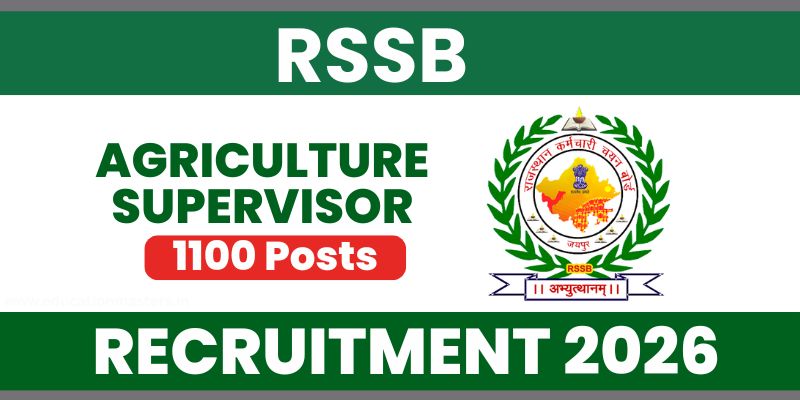Statewise Prepration
Govt. Examwise MCQ
2888+ MCQ Questions in english हिन्दी
Which article empowers the Governor to reserve a bill for the President’s consideration?
Explanation: Article 200 empowers the Governor to either assent, withhold, or reserve a bill for the President's consideration. This is done when the bill may contradict central laws or touch upon matters beyond state jurisdiction. It adds a layer of constitutional check.
How many members from the Uttar Pradesh Legislative Assembly are elected to the Rajya Sabha?
Explanation: Uttar Pradesh sends the largest number of members to the Rajya Sabha—31—due to its population and Assembly size. These members are elected by the MLAs through a proportional representation system using the single transferable vote. This shows UP’s influence in national politics.
Gram-positive bacteria have:
Thick peptidoglycan layer — retains crystal violet stain.
Who decides the disqualification of an MLA in the UP Assembly on grounds of defection?
Explanation: Under the Tenth Schedule (Anti-Defection Law), the Speaker of the Assembly is empowered to decide on disqualification of a member. The Speaker’s decision can later be challenged in court. This provision ensures party discipline within the legislature.
Bacteria that require oxygen are called:
Aerobes — need O₂ for metabolism.
Phototropism is a plant response to:
Light — mediated by auxin distribution.
Which part of a flower becomes fruit?
Ovary — after fertilization, it develops into fruit.
Guard cells regulate stomatal:
Opening — controlling gas exchange/water loss.
Xylem transports:
Water and minerals — root-to-shoot movement.
Primary photosynthetic pigment in plants is:
Chlorophyll a — absorbs light in photosystems.
Which folk instrument is commonly used in Rajasthani music and resembles a bowed lute?
The sarangi is a traditional string instrument widely used in Rajasthani folk music.
What is the name of the palace situated in the middle of Man Sagar Lake in Jaipur?
Jal Mahal, or Water Palace, is a stunning architectural gem situated amidst Man Sagar Lake.
Which river is also known as the “River of Death” in Rajasthan due to its flash floods?
Mithri River is infamous for sudden flooding in the Barmer region.
Who built the city of Fatehpur in Shekhawati region?
Fatehpur was founded by Rao Fateh Singh, and is known for its grand havelis and frescoes.
Which town in Rajasthan is famous for its traditional tie-and-dye textile art?
Barmer is known for its vibrant Bandhani (tie-and-dye) and hand block printed textiles.
Which fort is known as the “Hill of Eagles”?
Jaigarh Fort is also called Cheel Ka Teela or Hill of Eagles due to its strategic hilltop location.
Which city is known as the “Gateway of Rajasthan”?
Due to its proximity to Delhi, Alwar is often referred to as the Gateway of Rajasthan.
Which river originates in the Pushkar valley of Rajasthan?
The Luni River originates near Pushkar and is one of the few rivers that flow through the Thar Desert.
Which city in Rajasthan is famous for its miniature school of painting?
The Kota School of Miniature Painting is known for its distinct hunting scenes and royal portraits.
Which dynasty built the famous Amber Fort near Jaipur?
The Kachwaha rulers of Amber built the Amber Fort, a major tourist attraction today.
Which region of Rajasthan is known for stepwells or ‘baoris’?
Bundi
Which desert covers most of western Rajasthan?
The Thar Desert, also called the Great Indian Desert, covers the western Rajasthan region.
Which was the capital of the Chauhan dynasty in Rajasthan?
Ajmer was the capital of Prithviraj Chauhan’s kingdom in the 12th century.
Which temple in Rajasthan is known for its hundreds of rats?
Located in Deshnok, this temple is famous for the holy rats worshipped by devotees.
Uttar Pradesh Public Service Commission (UPPSC) was established in the year:
UPPSC was constituted on 1st April 1937 under the provisions of the Government of India Act, 1935. It continues under Article 315 of the Constitution. The Commission conducts civil services and other recruitment exams for the state.
The minimum number of members required to form a political party's official status in UP Assembly is:
Explanation: As per legislative norms, a political party must have at least 10% of the total strength of the Assembly (i.e., at least 41 members out of 403) to be recognized as an official party. This entitles them to office space, speaking time, and privileges in the legislature.
In UP, reservation in Panchayati Raj institutions for women is fixed at:
Explanation: As per the constitutional mandate and UP Panchayati Raj laws, 33% of the seats in Gram Panchayats, Block Panchayats, and Zila Parishads are reserved for women. Some states have increased it to 50%, but UP follows the minimum required. This has enhanced women’s participation in grassroots governance.
Who has the power to prorogue the sessions of the Uttar Pradesh Legislature?
Explanation: The Governor has the constitutional authority to summon, prorogue, or dissolve the state legislature. This is typically done on the advice of the Chief Minister and Cabinet. The power is formal but significant in legislative operations.

-2.png)
-1.png)




